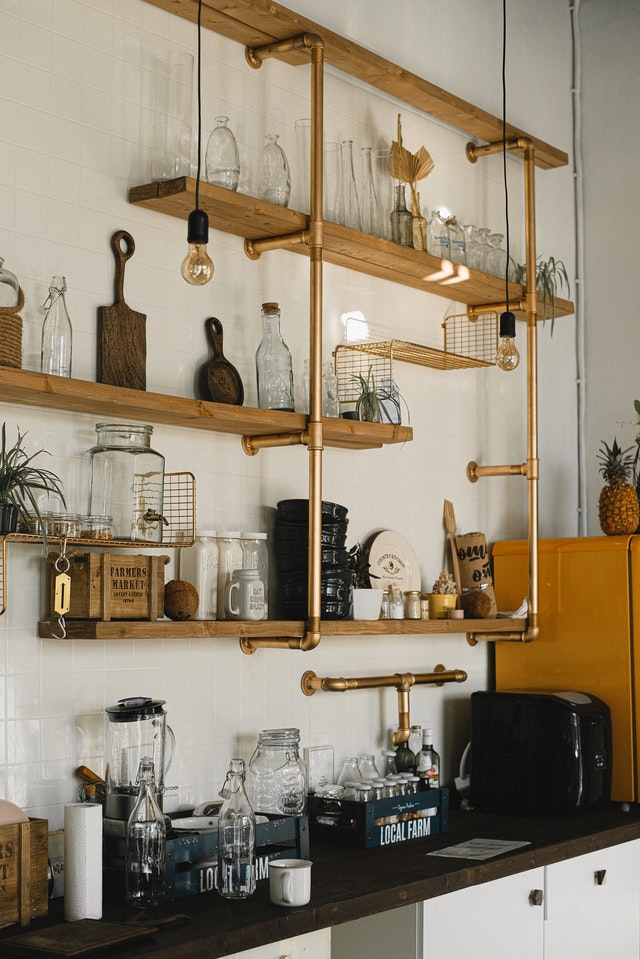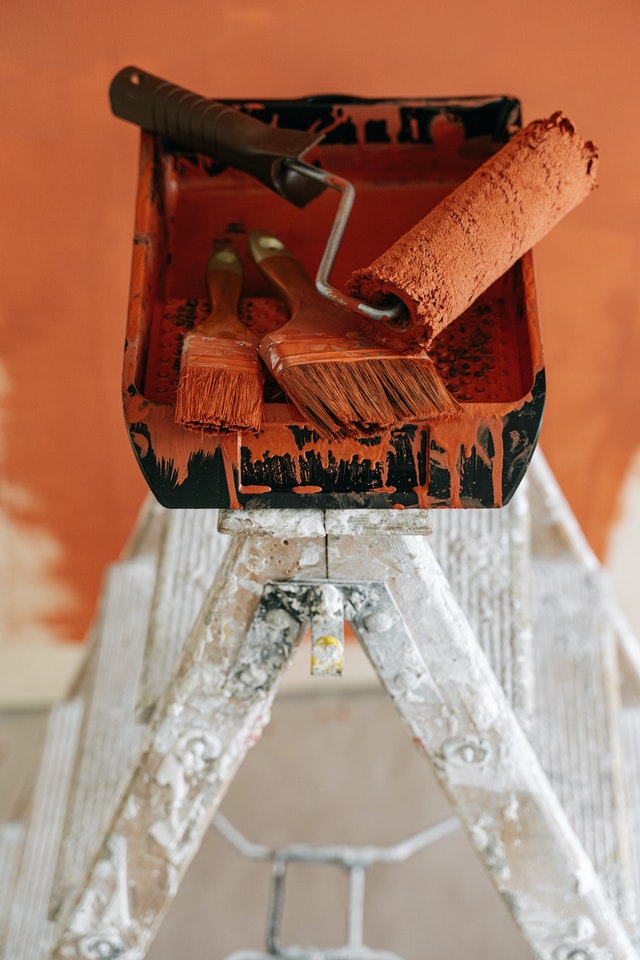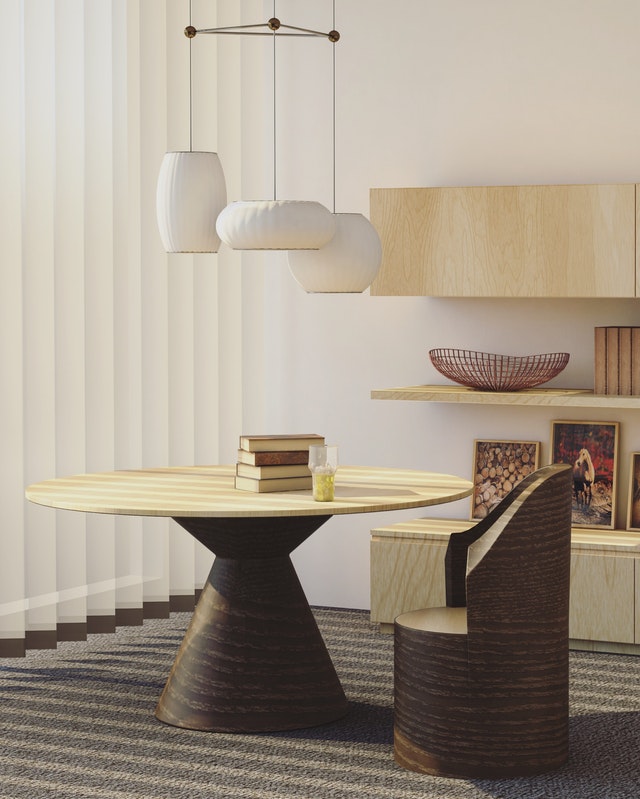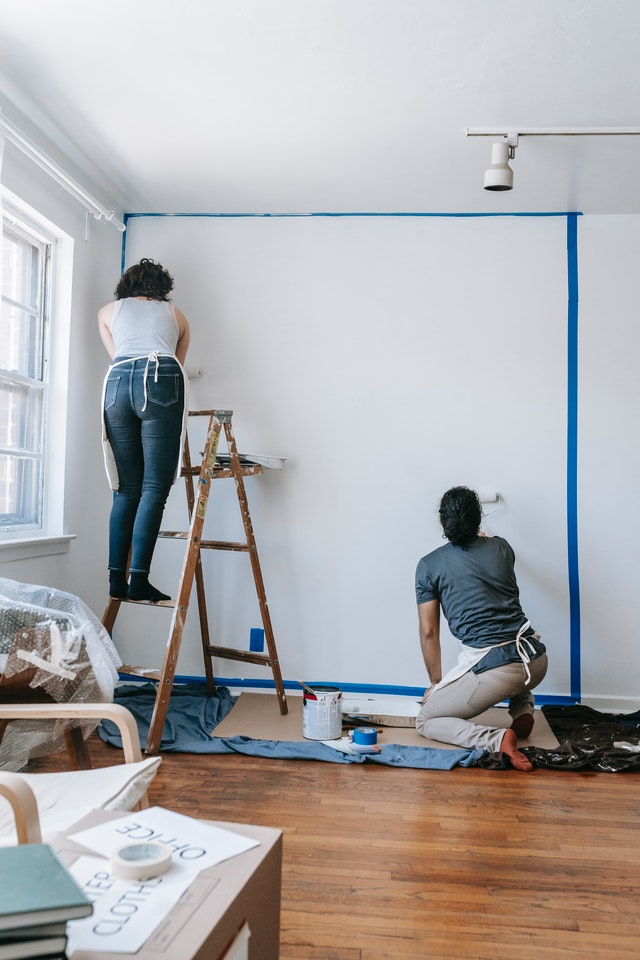
How To Protect Wood
Discover in this guide the useful tips to protect your wooden artifacts from bad weather and wear!
There are many techniques to protect our products and every artisan, like every chef, has his secrets. However, there are guidelines that can help those who are beginners and want to venture into this field without making macroscopic mistakes. In this article we will look at the basic techniques for protecting wood.
Artifact to be sanded
The common starting point is a finished wooden artifact but still to be sanded. Initially it is necessary first of all to pass some sandpaper starting from a coarse grain (for example 80) up to a much finer one (for example 320).
Once this is done, it is necessary to know the destination of our product, in particular if it will go inside or outside and subsequently if we want to keep it “natural” or pigment it.
Let us also remember that wood is a generally porous element and consequently, if we really want to protect it, this peculiarity must be precluded.
Artifact for interiors
Suppose you are treating an interior product and you want to leave it in its original color.
In this case we can immediately use the so-called “sealer” applied with a brush, which, as the name suggests, has the exclusive function of closing the pores of the wood, providing a base for the subsequent finishing, without however protecting the product from atmospheric agents.
We will then move on to the finish by choosing the one we like best, opaque, glossy, satin or obviously transparent.
If, on the other hand, the indoor artifact must be colored, leaving the grain of the wood to be seen, before the sealer, which in this case will be used in the next step, the “mordant” must be passed which will color the wood fibers and then finally finish with the finish.
A last case for indoor artifacts concerns the covering coloring, for example an enamel.
Artifact for exteriors
In the event that our product is to be positioned outside, it will be necessary to think of protection from atmospheric agents first and for this reason the first step to take will always be to apply one or more coats of “Impregnante”.
This product performs the main function of protecting the wood from the inside, in fact, as the name suggests, it penetrates the fibers, and defends them from water, UV rays, etc. depending on the characteristics of the product used.
At the same time, you can also choose a colored impregnating agent and therefore give a different “tone” to our product.
However, it is always advisable to proceed step by step and use separate and quality products.
Common mistakes
The stain is not the equivalent of the colored impregnating agent: the first is limited to coloring but does not protect.
Once the cap is given it is not possible to color with a mordant, it seems strange, but many reverse this step!
Advice
The use of water-based products is more and more frequent, in this case always remember to sand between one coat and the other as the wood, in contact with water-based products, as they say in the jargon, “will raise the hair”.
The choice of using water-based or solvent-based products must be made in the first instance and respected for the entire process, so if you start, for example, with a water-based impregnating agent, also the primer and finish will be chosen with water.
Call a professional
Signature House Painters is a Washington DC based company and mainly deals with: painting, pictorial decorations of buildings, external, and internal environments, residential buildings. The first point of Signature House Painters is the team of its professionals who mix of skills, experience, knowledge, taste, and professionalism and a touch of inspiration. The choice of color shades, finishes, shapes always follow the criterion of good taste and compatibility of the surrounding environment.
Contact us now: (202) 280-2694







